[Detail of Anja Bache's glazed concrete panel, via]
One of my favorite Danish concrete ladies is
the energetic and cross skilled artist-scientist Anja Margrethe Bache [Anya
Bah-keh]. When I say cross-diciplinary, it is her own description and to her
many degrees: she is educated as a sculptural artist from the Royal
Danish Academy of Fine Arts as well as a Master of Science engineer. On top she
has a PhD in architecture.
[Anja Bache, via]
I wish I could have experienced her latest solo exhibition at the Marsden Woo Gallery in London. Judging from the catalogue, which you can get here, all aspects of Anja’s background come together in the exhibited three series of what I would call archtectones of a highly specific and technological nature. Some flat panels mounted on the walls; some that are connected to create spatial structures, and finally an assemblage of more volumetric objects. (I would love to see some of the perforated panels hanging in a window or outside to see the light through the holes and reflected on the glazed surfaces.)
[Glazed concrete and painted wood. From the show 'Signs and the Signed' 2013, Via]
[Glazed concrete panels similar to those on show in London, Photo by Ole Akhøj, via]
The ‘ceramics installation’ at the gallery shows a scope of Anja’s niche invention of ceramic glazed high-strength concrete
Two generation of high strenght
In fact two generations of concrete passion forms the crazy cool, inventive and highly advanced material investigations behind Bache’s narrative of the London city grid and the site of gallery. The thing is that Anja Bache’s father is Hans Henrik Bache who worked as a senior scientist at the Danish cement plant Aalborg Portland back when they actually were cutting edge and had R&D priorities. Bache Senior invented a concrete technology called Densit – “Denisfied Cement/ultra fine particle base materials (1978) which a strong binder/cement to offer was increased compressive strength. – The Densit is strong but extremely brittle and thus not suitable for any loadbearing concrete structures unless it is prestressed (to avoid tensile stress upon the structures) even the dried up densit alone would crack… Later Bache invented Compact Reinforced Concrete – or CRC. It is a high strength concrete technology, which is super strong but tough [sej* argh, suddenly not sure of the English word here but the opposite of brittle] allowing for large spans at very thin dimensions.
The technology is basically a way to design concrete according to its structural function – no matter how large (in theory). In her PhD and post-doc work Anja Bache herself has suggested super large structures – as in 500+ meters long.
The glazing technique is remarkable and combines glazing - that is often associated with ceramics/clay – and high strength concrete. As shown at the exhibition, the combination results in perforated, thin sheets that I am longing to put on a façade, and profiles for what could be the most amazing structural elements – some time. For now a major limiting challenge is the size of the kiln used to fire the elements. The combination of a cement-rich material and ceramic glazing techniques also means that high temperature kilns have been used for two processes, making cement and firing the glazed concrete pieces. This raises an obvious question in regard to resource and energy consumption if used in high volumes in construction. While the energy question is relevant in the long run, the investigative route taken by Bache is so inspiring in leading an agenda into the questioning of what concrete is or could be.
Below are some random images of Anja Bache's many investigations into glazed high strength concrete.
Check out the catalogues and articles at Anja's website
[Photo by Ole Akhøj, via]
[Photo by Ole Akhøj, via]
[ Via ]
[Photo: Ole Akhøj Via]
[Photo: Ole Akhøj, via]
[Photo: Ole Akhøj, via]

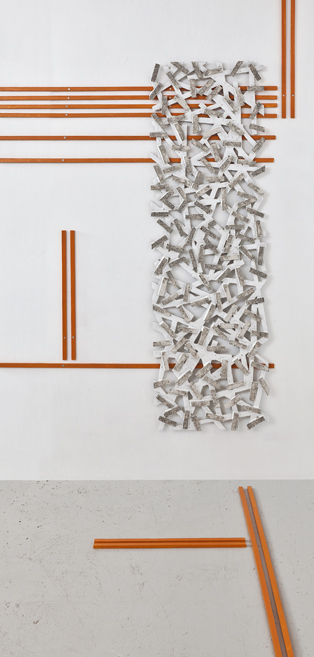

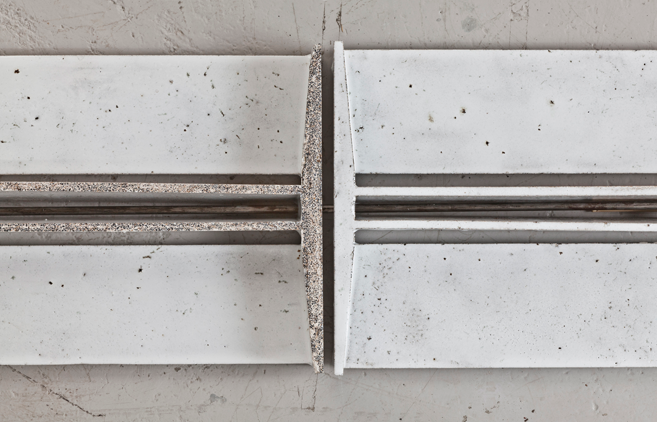
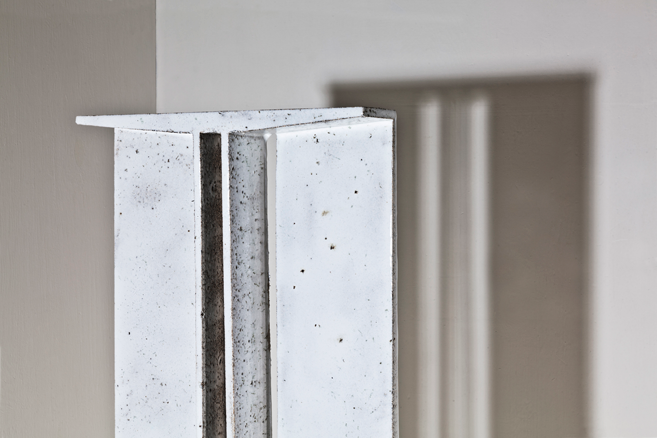

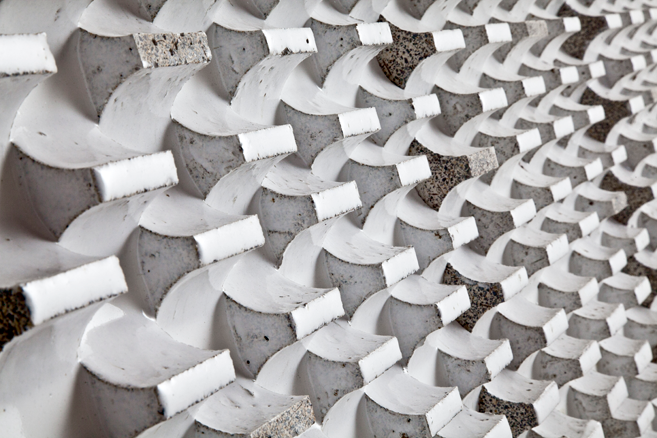
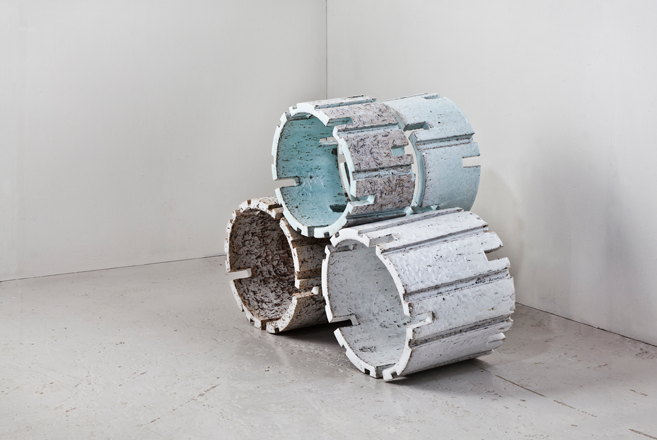

No comments:
Post a Comment
Note: Only a member of this blog may post a comment.